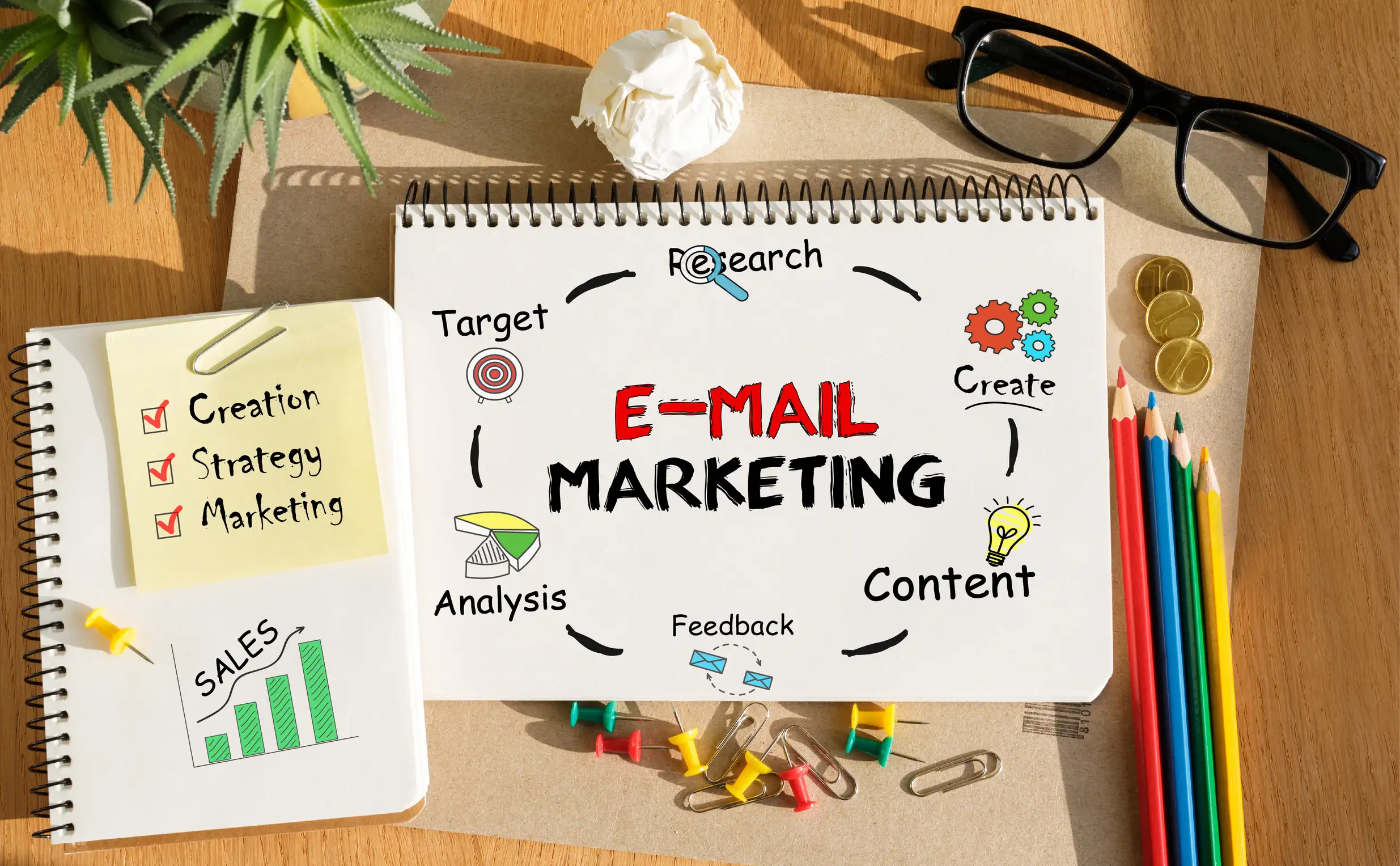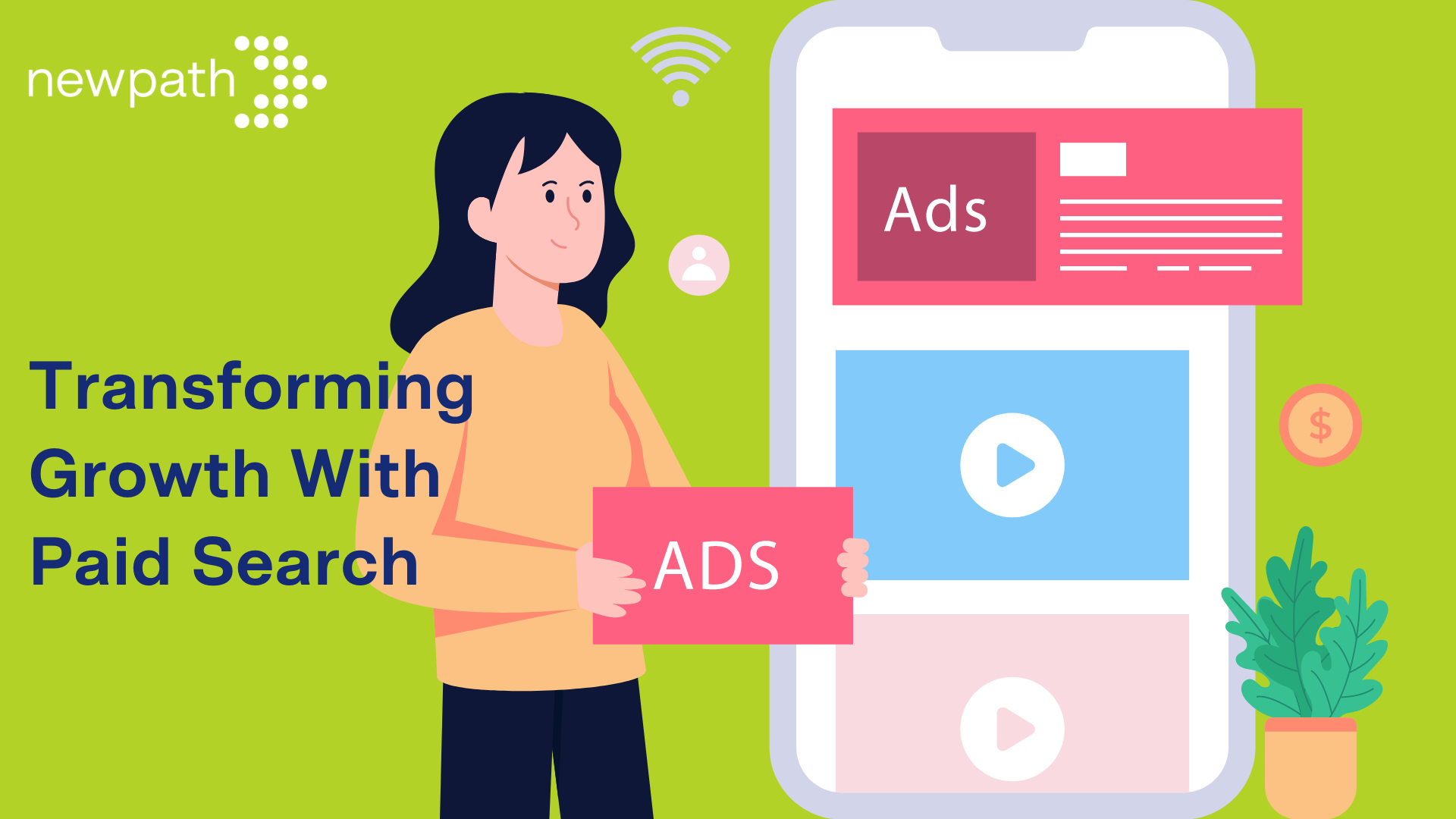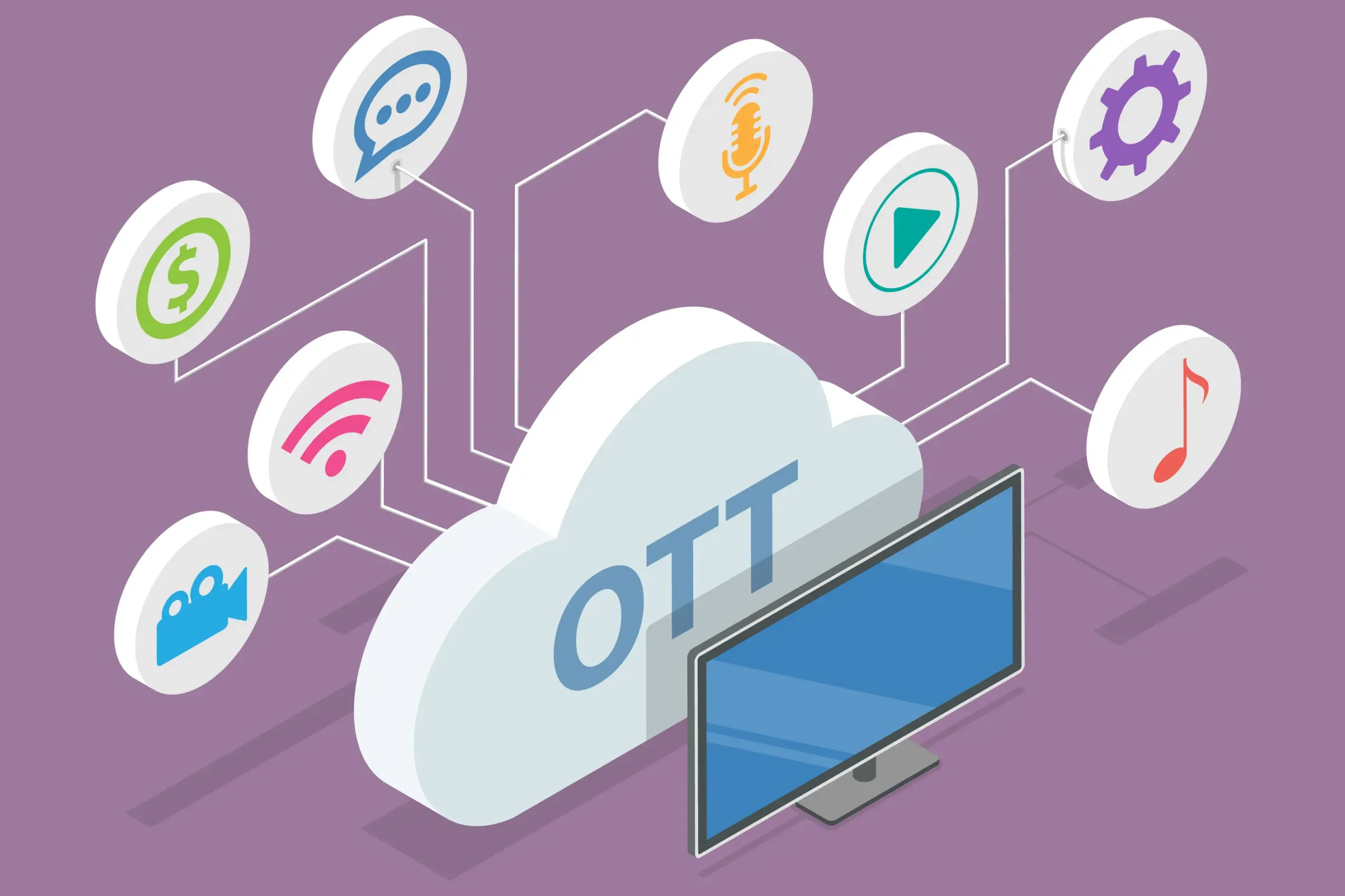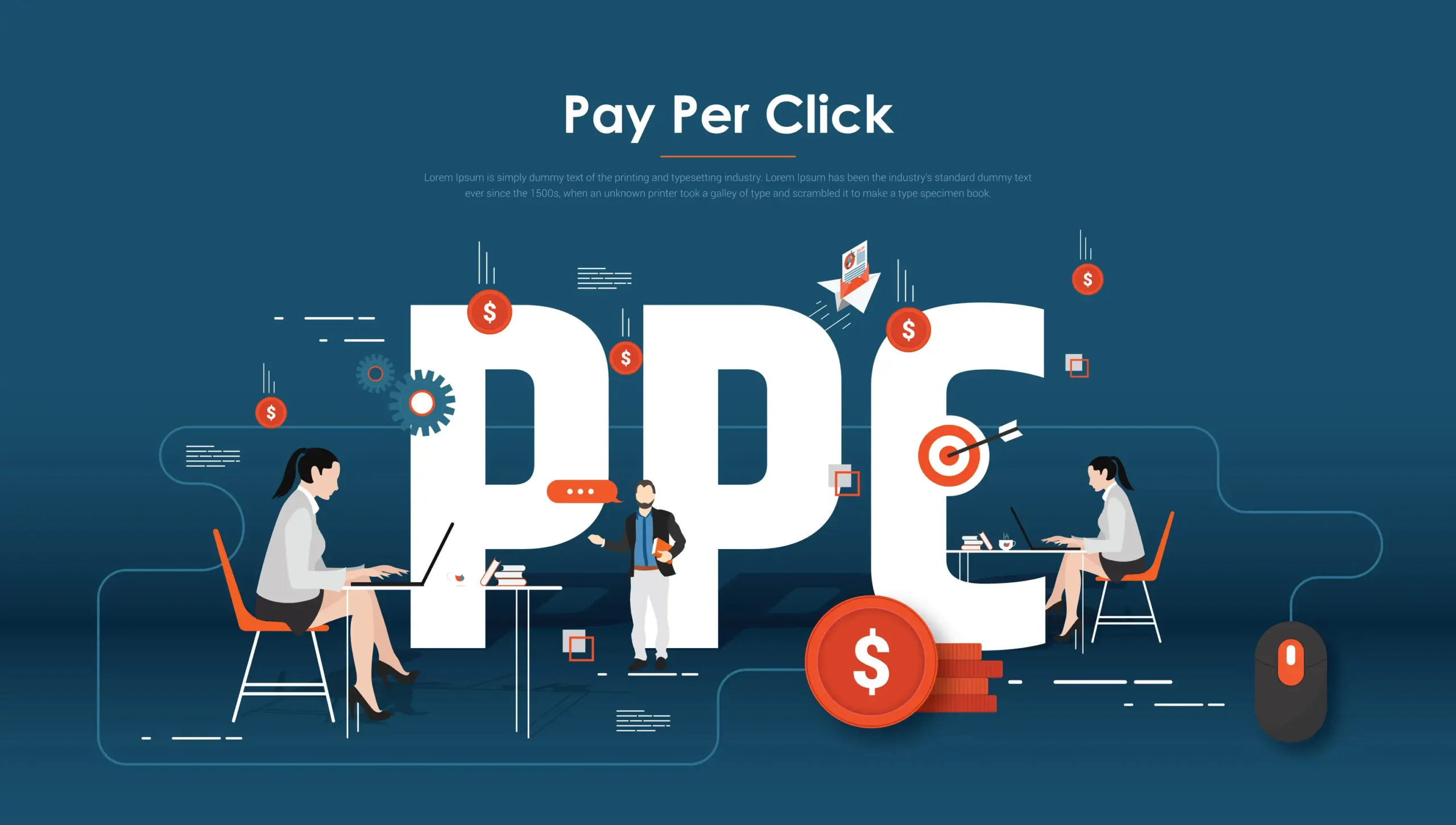In the wake of evolving privacy regulations and the impending demise of third-party cookies, the digital advertising landscape is undergoing a significant transformation.
As advertisers seek alternative methods to target and engage audiences effectively, cookieless advertising strategies are emerging as a promising solution.
Understanding Cookieless Advertising
Cookieless advertising represents a paradigm shift in the digital marketing landscape, driven by the imperative to reconcile advertising efficacy with user privacy concerns in an increasingly regulated environment.
At its core, cookieless advertising seeks to deliver targeted and personalized ad experiences to users without relying on third-party cookies, which have long been the cornerstone of digital advertising.
Instead, this approach harnesses alternative methods such as contextual targeting, first-party data utilization, and privacy-compliant tracking technologies to identify and engage with relevant audiences.
Contextual targeting, for instance, involves analyzing the content and context of web pages to deliver ads aligned with users’ interests and intents.
Meanwhile, leveraging first-party data allows advertisers to tap into customer insights directly, fostering a deeper understanding of audience preferences and behaviors while maintaining data ownership and control.
Additionally, emerging technologies, such as Federated Learning of Cohorts (FLoC) and differential privacy enable advertisers to glean valuable insights from aggregated user data without compromising individual privacy. By embracing cookieless advertising, marketers can navigate the evolving regulatory landscape and forge stronger connections with consumers based on trust, transparency, and respect for their privacy preferences.
These strategies aim to maintain user privacy while still delivering personalized advertising experiences. Let’s explore the pros and cons of adopting cookieless advertising strategies.
Pros of Cookieless Advertising Strategies
The pros of cookieless advertising strategies are multifaceted, encompassing benefits for both advertisers and consumers alike:
Enhanced Privacy Protection
Cookieless advertising prioritizes user privacy by eliminating reliance on third-party cookies, often associated with data collection and tracking concerns.
By leveraging privacy-focused technologies such as contextual targeting and cohort-based advertising, advertisers can deliver personalized ad experiences while respecting user privacy preferences, thereby fostering greater trust and transparency in the digital ecosystem.
Future-Proofing Marketing Efforts
With major browsers phasing out support for third-party cookies and stringent privacy regulations coming into force, investing in cookieless advertising ensures long-term compliance and adaptability to evolving industry standards.
By proactively embracing cookieless strategies, advertisers can future-proof their marketing efforts, mitigating the risks associated with regulatory changes and technological advancements in the digital advertising landscape.
Improved User Experience
Cookieless advertising promotes a more seamless and less intrusive user experience by reducing reliance on intrusive tracking mechanisms. Advertisers can enhance user engagement and satisfaction by delivering ads based on contextual signals rather than individual browsing history, leading to higher click-through and conversion rates.
Additionally, by respecting user privacy preferences, cookieless advertising contributes to a more positive overall browsing experience, fostering goodwill and brand loyalty among consumers.
Diversification of Targeting Methods
Cookieless advertising encourages marketers to explore alternative targeting methods, such as contextual targeting, first-party data utilization, and machine learning algorithms.
By diversifying targeting approaches, advertisers can reduce dependency on third-party data providers and enhance campaign effectiveness and accuracy.
Moreover, by leveraging a combination of targeting methods, advertisers can reach niche audiences and drive higher ROI on their advertising investments.
Cons of Cookieless Advertising Strategies
While cookieless advertising strategies offer numerous advantages, there are also some challenges and limitations to consider:
Limited Targeting Precision
One of the primary drawbacks of cookieless advertising is the potential for reduced targeting precision. With access to individual browsing data, advertisers may be able to deliver highly personalized and relevant ad experiences to their target audiences.
Contextual targeting and cohort-based approaches may only sometimes capture individual users’ nuanced preferences and behaviors, leading to less effective ad targeting and potentially lower conversion rates.
Dependency on First-Party Data
Effective implementation of cookieless advertising often requires robust first-party data strategies. This includes collecting, managing, and activating first-party data effectively to target and segment audiences.
Businesses with limited first-party data assets may need help to execute cookieless advertising campaigns at scale, as they rely heavily on customer insights to inform targeting decisions.
Moreover, acquiring and maintaining high-quality first-party data can be resource-intensive and time-consuming for advertisers.
Transition Complexity
Migrating from cookie-based to cookieless advertising entails a significant transitional period, requiring adjustments to existing marketing workflows, technologies, and strategies.
Adapting internal processes and systems to accommodate cookieless strategies may incur additional costs and resource investments, particularly for larger organizations with complex advertising infrastructures.
Moreover, training staff and stakeholders on new targeting methods and privacy-compliant practices can pose challenges and delays in the transition to cookieless advertising.
Potential Revenue Impact
For publishers and ad tech vendors heavily reliant on third-party cookies for audience targeting and monetization, the transition to cookieless advertising may have financial implications.
Without the ability to leverage third-party data for targeted advertising, publishers may experience a decrease in ad revenue or face challenges in monetizing their digital properties effectively.
Ad tech vendors specializing in cookie-based targeting solutions may also need to diversify their offerings and adapt to changing market demands to remain competitive in a cookieless advertising landscape.
Cookieless advertising strategies offer a promising path forward for marketers navigating the evolving digital advertising landscape. By prioritizing user privacy, future-proofing marketing efforts, and enhancing the overall user experience, cookieless advertising presents compelling advantages for businesses looking to stay ahead of industry changes.
At New Path Digital, we specialize in guiding businesses through the transition to cookieless advertising, offering tailored solutions to optimize campaign performance and drive meaningful results.
Contact us today to embark on a new path to digital advertising success. Schedule a Free Consultation
By embracing cookieless advertising strategies, businesses can adapt to the changing regulatory environment and consumer preferences while unlocking new opportunities for growth and innovation in digital marketing.











